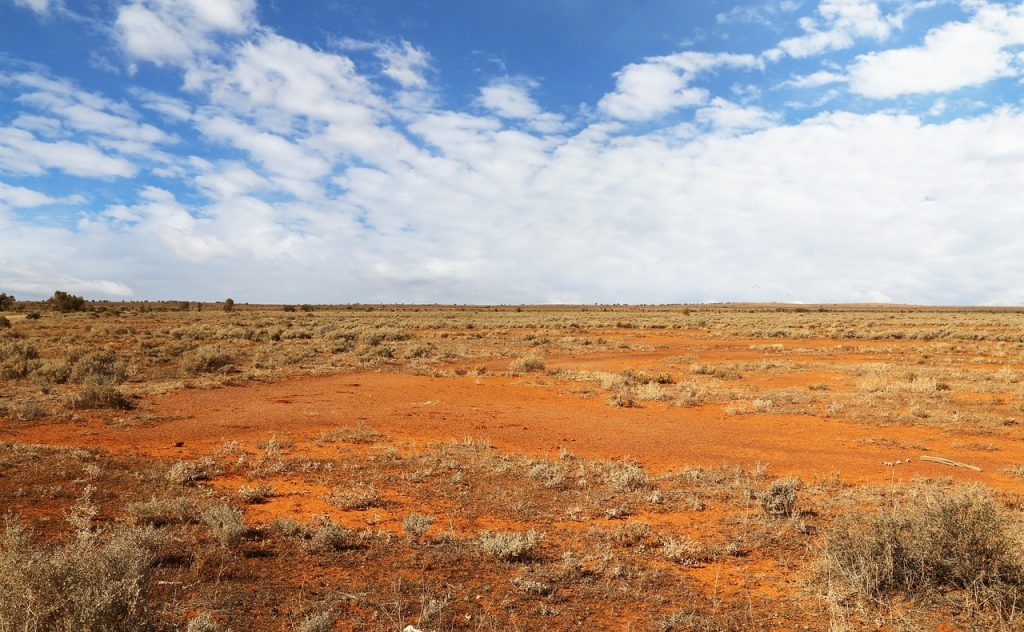
When it comes to installing a solar power system for your home in Australia, most homeowners focus on sunlight availability and the cost of the system. However, Land Surface Temperature (LST) — the temperature of the ground and surfaces that solar panels are mounted on — is often overlooked, despite playing a critical role in the performance and lifespan of solar technology.
Let’s explore why understanding LST is essential in Australia, a country known for its intense sun and diverse climate zones.
The Relationship Between Heat and Solar Panel Efficiency
Solar panels are powered by light, but their efficiency drops as their surface temperature rises. This is due to the temperature coefficient — a percentage that tells you how much power the panel loses for every degree above 25°C. On average:
- For every 1°C increase, a panel may lose 0.3% to 0.5% efficiency.
- If a panel reaches 45°C — which is common on rooftops in Australia — efficiency loss can be 6-10% or more.
So while high sunshine is great, high surface heat can seriously affect your energy yields.
Australia’s Climate Zones and Surface Temperatures
Australia spans a range of climates, and with them, major differences in land surface temperatures:
| Region | Climate Type | LST Characteristics |
|---|---|---|
| Northern Australia (NT, QLD) | Tropical | Very high LST year-round, often exceeding 45–50°C |
| Central Australia | Arid/Desert | Extremely high LST, low humidity, sharp day-night contrast |
| Eastern Seaboard (NSW, VIC) | Temperate/Subtropical | High summer LST, mild winters |
| Tasmania | Oceanic | Moderate LST, less thermal stress on panels |
| Perth & WA | Mediterranean | High solar radiation and summer LST |
Even in cooler cities like Melbourne or Hobart, summer rooftop temperatures can exceed 60°C, especially on metal roofs.
Choosing the Right Panels Based on Heat Resilience
When evaluating solar panels in Australia, consider the temperature coefficient and thermal durability:
Recommended Features:
- Low temperature coefficient (e.g., –0.26%/°C or better)
- Example: Panasonic HIT, REC Alpha, or SunPower Maxeon panels
- High efficiency under heat: Look for panels that use heterojunction (HJT) or IBC technology.
- Frameless or dual-glass modules: These often dissipate heat better.
- Elevated racking systems: Allow for better airflow and cooling.
Accessing LST Data in Australia
You can check historical and real-time LST data for your location through:
- Copernicus Climate Data Store
- NASA MODIS LST datasets
- Australian Bureau of Meteorology (BOM) for surface temps and solar radiation maps
- Some solar providers offer LST-adjusted estimates for your rooftop
Using LST maps in combination with solar exposure data allows you to simulate realistic performance and ROI of solar panels under local heat conditions.
More Than Just Sunlight
In a country like Australia, where solar radiation is abundant but surface temperatures are extreme, choosing the right solar panel isn’t just about watts — it’s about thermal resilience.
To maximise your solar investment:
- Check your region’s land surface temperature patterns.
- Choose panels designed to perform well in heat.
- Work with an installer who understands how to mount and space panels for heat dissipation.
Smart solar decisions start with understanding your roof’s environment — and LST is a big part of that picture.